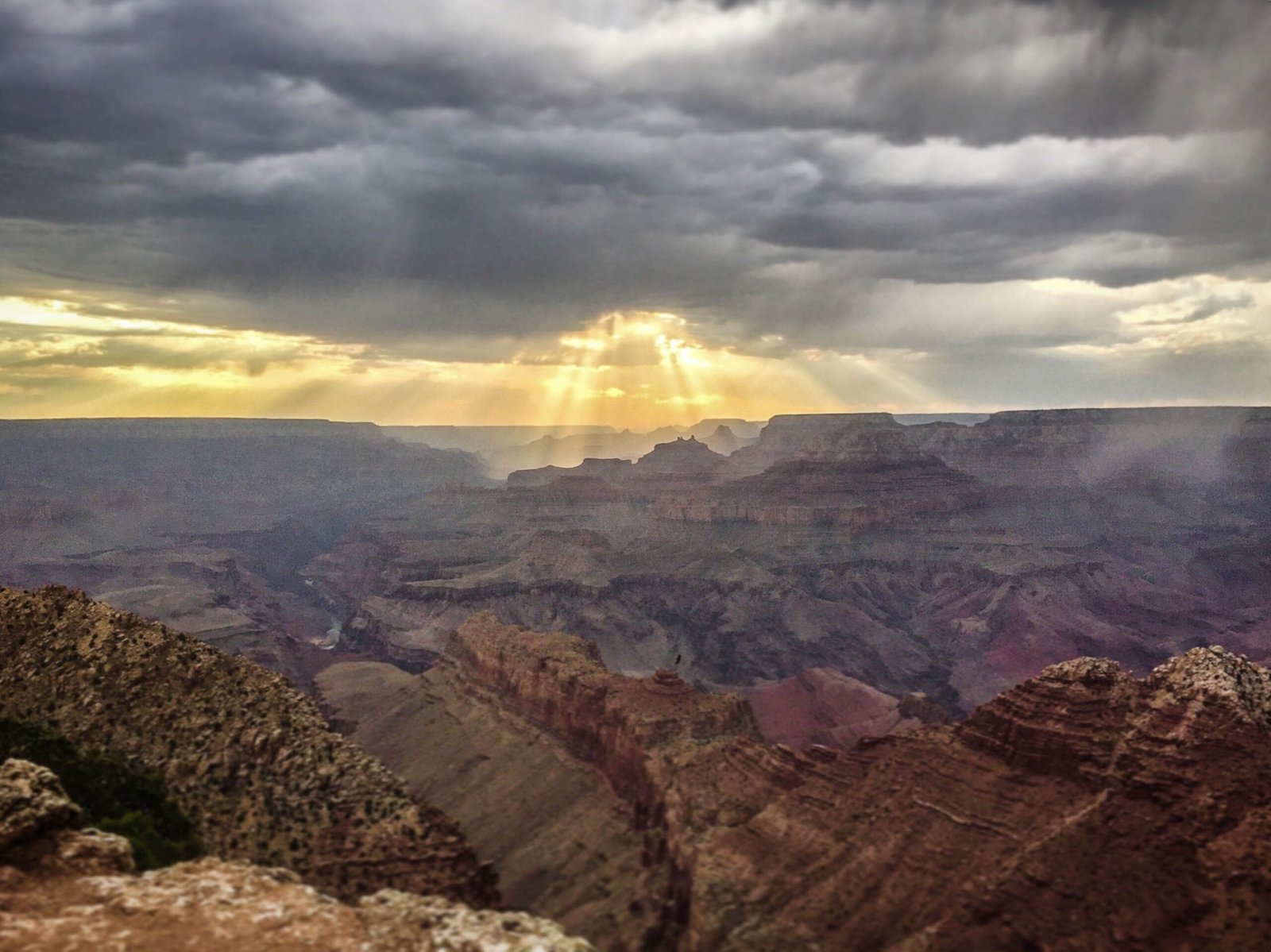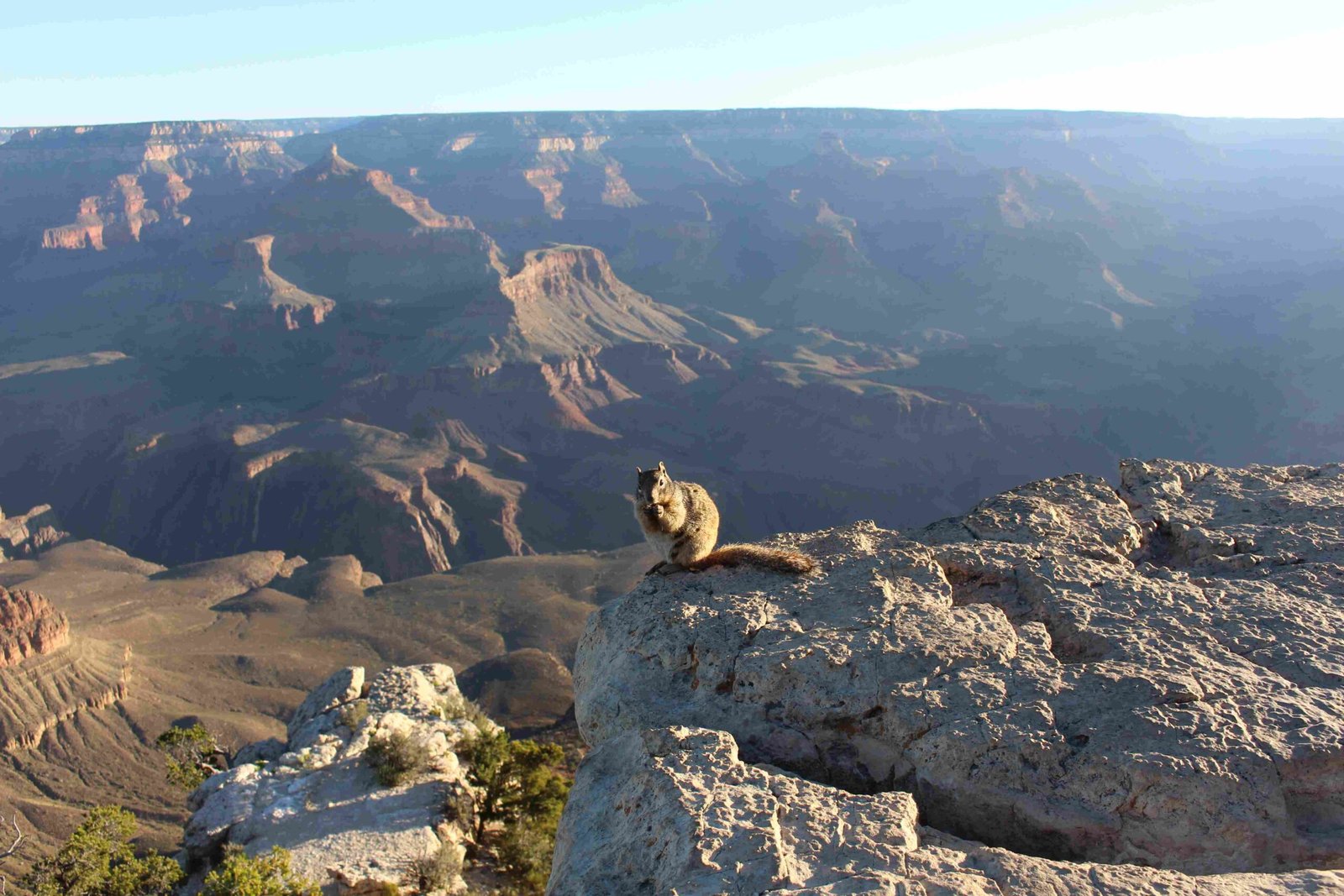The Grand Canyon’s formation is a remarkable geological narrative spanning millions of years, involving complex interactions of water erosion, tectonic uplift, sediment deposition, and volcanic activity. Over approximately 5-6 million years, the Colorado River has carved through multiple rock layers, creating one of the most spectacular landscapes on Earth, revealing a geological history that showcases the dynamic forces of planetary transformation.
What Geological Processes Shaped the Grand Canyon?

Water Erosion: The Primary Sculptor
Water erosion stands as the most significant process in the Grand Canyon’s formation. The Colorado River has been the primary agent, systematically cutting through rock layers with remarkable precision.
Key Erosion Characteristics
- River flow rates up to 20,000 cubic feet per second
- Sediment-driven abrasive cutting mechanism
- Continuous downcutting over 5-6 million years
| Erosion Type | Impact | Duration |
|---|---|---|
| Water Erosion | Primary Canyon Formation | 5-6 Million Years |
| Wind Erosion | Secondary Landscape Modification | Ongoing |
How Did Tectonic Movements Contribute?
Tectonic uplift played a crucial role in the Grand Canyon’s development. The Colorado Plateau’s elevation increased by approximately 2 miles during the Laramide orogeny, creating conditions for dramatic landscape transformation.
Tectonic Milestones
- Volcanic island collisions around 1.7 billion years ago
- Formation of Granite Gorge Metamorphic Suite
- Plateau uplift beginning 75 million years ago
What Role Did Volcanic Activity Play?
Volcanism, while not the primary formation mechanism, significantly influenced the Grand Canyon’s geological landscape.
Volcanic Contributions
- Lava flows on Shivwits and Uinkaret plateaus
- Volcanic deposits spanning six million years
- Creation of unique geological formations
How Did Sediment Deposition Impact Formation?
Sedimentary rock layers provide a comprehensive record of the Grand Canyon’s geological history.
Sedimentary Layer Characteristics
- 40 major sedimentary rock layers
- Age range: 1.2 billion to 270 million years
- Diverse compositions including sandstone, shale, and limestone
River Incision: The Continuous Sculptor
The Colorado River’s course change approximately 5 million years ago initiated rapid canyon formation.
River Incision Dynamics
- Dramatic change in river routing
- Accelerated downcutting mechanism
- Continuous landscape modification
Conclusion of Geological Processes

The Grand Canyon represents a complex interplay of geological processes, demonstrating how water erosion, tectonic movements, volcanic activity, and sediment deposition collaborate to create extraordinary landscapes over millions of years.
Visitor Insights
- Accessible viewpoints showcase geological layers
- Guided tours explain formation processes
- Multiple observation points highlight geological diversity
Geological Significance
The Grand Canyon serves as a remarkable natural laboratory, offering unprecedented insights into Earth’s geological history and the transformative power of natural processes.
Research Opportunities
Ongoing geological studies continue to unravel the intricate mechanisms behind the Grand Canyon’s formation, promising further discoveries about planetary landscape evolution.

